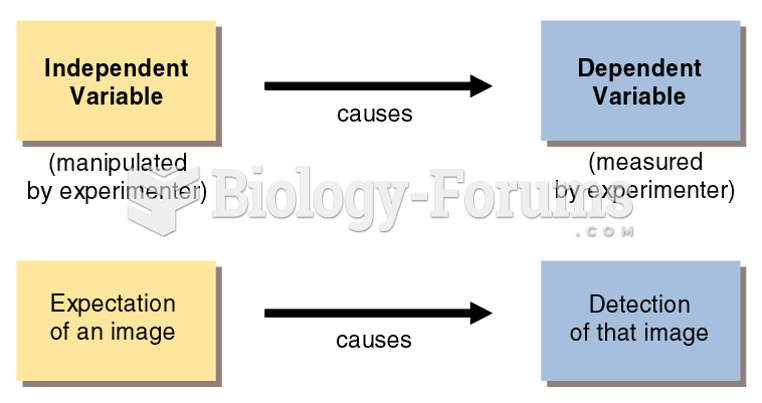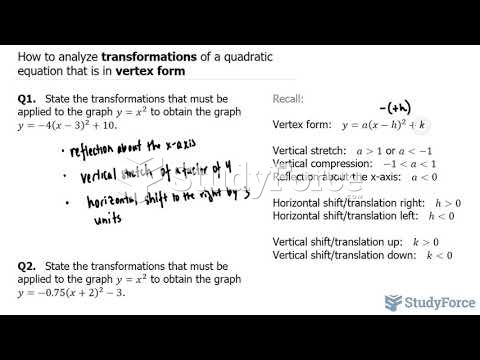Answer to Question 1
Answer: C
Answer to Question 2
Answer: Answers will vary by student. Many restrictions involve the equality of coefficients across different types of entities in cross-sections (stability).
Using earnings functions, students may suggest testing for the presence of regional effects, as in the textbook example at the end of Chapter 5 (exercises). The textbook tested jointly for the presence of interaction effects in the student achievement example at the end of Chapter 6. Students may want to test for the equality of returns to education and on-the-job training. The panel chapter allowed for the presence of fixed effects, the presence of which can be tested for. Testing for constant returns to scale in production functions is also frequently mentioned.
Consider the multiple regression model with k regressors plus the constant. Let R be of order q (k+ 1), where q are the number of restrictions. Then to test (i) for all coefficients other than the constant to be zero, H0 : 1 = 0, 2 = 0,, k = 0 vs. H1 : j 0, at least one j, j=1, ..., n, you have R = 0k1 Ik and r = 0k1. In large samples, the test will produce the overall regression F-statistic, which has a Fk, distribution. In case (ii), reorder the variables so that the regressors with non-zero coefficients appear first, followed by the regressors with coefficients that are hypothesized to be zero. This leads to the following formulation
Yi = 0 + 1X1i + 2X2i + ... + k-qXk-q,i
+ k-q + 1Xk-q + 1,i + k-q + 2Xk-q+2,i + ... + kXki + ui,
i = 1, , n. R = 0q (k-q+1) Iq and r = 0q1. In large samples, the test will produce an F-statistic, which has an Fq, distribution. In (iii), assume that the task at hand is to test the equality of two coefficients, say H0 : 1 = 1 vs. H1 : 1 2, as in section 5.8 of the textbook.
Then R = 0 1 -1 0 0, r = 0 and q = 1. This is a single restriction, and the F-statistic is the square of the corresponding t-statistic. Hence critical values can be found either from Fq, or from the standard normal table, after taking the square root.







